
13 minute read
Part3: Heritage Tourism
Part3: Heritage Tourism : Being loyal to the Royal inside me
By: Indranil Halder
Ihave had the great good fortune of staying at exclusive heritage properties such as Raffles Hotel, Singapore;The Pierre Hotel, New York; and Ritz Hotel, Paris. These hotels are all heritage properties in their own right. They are all superb examples of meticulously restored heritage properties that successfully generaterevenues. I have stayed in each of these heritage properties after their billion-dollar facelifts and restoration.
What I have learnt from these heritage properties is that they all have stories to tell. And there are always opportunities for partnerships with universities, governments and private firms to introduce a world of learning and experiences with heritage properties. Baishakhi Taylor from Duke University, North Carolina, USA visited Kolkata with her students (2010 -2017) as part of the University Civic Engagement Program, and according to Taylor, ’USA and India are the strongest and largest democracies of the world - and both were former British colonies. Kolkata was the second capital of the British Raj. There are a lot of stories to learn from Kolkata heritage buildings.’ The city it is today reflectsthe proud heritage of European, Islamic and Bengali architecture surrounded in tradition, culture and elegance.
I believe the very fabric of tourism of Eastern India is shifting in the right direction to support the Indian economy, providing the potential to be part of a great change in the Indian and global tourism industry. These heritage properties can have well trained staff from hotel management schools in Kolkata such as the International Institute of Hotel Management ( IIHM), International Institute of Hospitality Management (IIHM) and Techno India.
People across the globe will be coping with a stressful time post-Covid pandemic lockdown. The pandemic hasimpacted on the world for travellers at large - vacationsand outings to distant places seem to be utopian notionnow. The pandemic has taught us to adapt to the new normal and to explore local regions post Covid-19, which is of great value in promoting Eastern Indian tourism.
To increase local tourists’ footfall, there are some points to consider, such as the social impact that we can experience from this development, the chance to revive history and heritage and the last but most important point to consider is raising much needed funds for employment. Indian tourists who cannot go overseas for holidays due to the pandemic will, primarily, be looking to travel locally and fund local tourism markets. Funds that can help various stakeholders associated with palaces/ rajbaris, ie, custodians of the rajbaris, state tourism, local councils, federal government and local artisans. But to do so, we need three key fundamentals to work together. From my experience, I have identified the following:
1. Introducing more and more heritage properties on the tourism map 2. Understanding of Social Change & Durga Temple in an Eastern Indian Mansion
Culture of Revival 3. Public and Private partnerships
The key aspects for the north eastern heritage properties to survive is to open-up more unknown heritage properties, encourage fashion photography and become part of the local and global tourism network. For instance, Cooch Behar Palace, also called the Victor Jubilee Palace, could have been one of best dream draw cards for both West Bengal and central government tourism, what is needed is a proper understanding of leadership, heritage tourism and social entrepreneurship.
The late Rajmata of Jaipur, Rajkumari of Cooch Behar and Maharani Gayatri Devi of India writes in her book A Princess Remembers about requesting West Bengal to convert the Victor Palace of Cooch Behar into anheritage property but lack of collaboration, understanding and leadership meant that it did not happen. Devi had done so with other Indian cultural elite icons who were connected to eastern India such as former Indian Prime Minister Indira Gandhi, the late Lady Ranu Mukherjee and Sonali Dasgupta (who ended Hollywood actress Ingrid Bergman’s marriage to film director Roberto Rossellini). For example, in Garia, the Garia Rajbari is
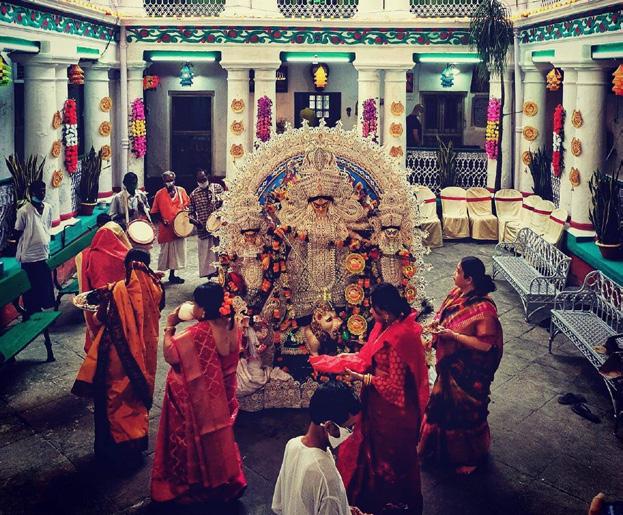
Durga Pujo in a Bengali Mansion
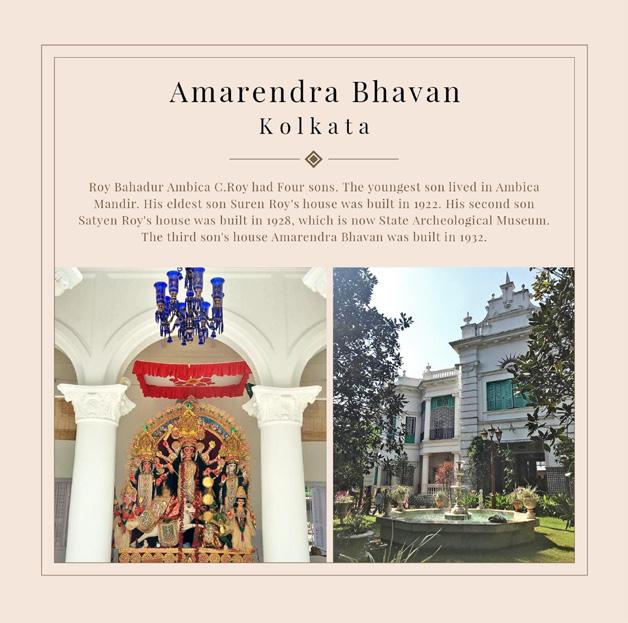
Amarendra Bhavan
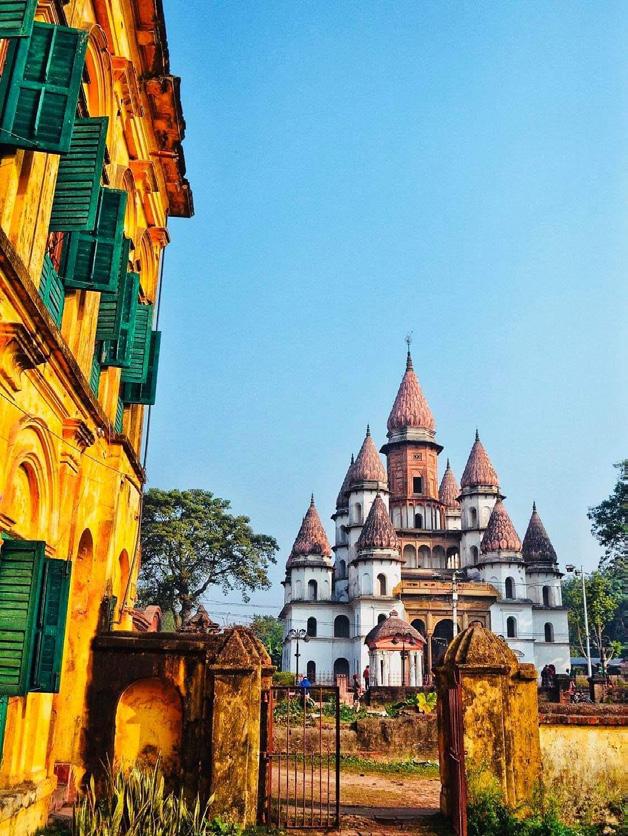
Bansberia Zamindar Family temple with Moscow’s Pokrovsky Cathedral look
in ruin. Rajbari is the ancestral home of actor Durgadas Banerjee, politician Bijoy Banerjee (who served as speaker of the Bengal Legislative Assembly) and musician Sudipto “Buti” Banerjee of Bengali rock band Cactus but lacks infrastructure development. Heritage properties such as Ichhapur Mondal Bari with exquisite neoclassical architecture or Durga Puja, Janbazar, Kolkata of Rani Rasmoni’s youngest daughter Jagadamba and son-in law Mathuramohan Biswas’s family, are other properties waiting for revival.
Great leadership will redefine the revival culture whichhas the potential to generate income for the locals in art and culture; as well as preserve the Wildlife through establishment of foundations. Leadership is needed in eastern India to convert palace/rajbaris, some of which are three times the size of Buckingham Palace, to be converted into heritage accommodation for tourists.
A collaboration between the West Bengal government and Taj Hotel group, for example, could make Cooch Behar Palace the best drawcard for the State just like Rambagh Palace in Jaipur. The royal city of Cooch Behar can easily be the destination for the fashion world of Vogue, Cartier and Salvatore Ferragamo. Cooch Behar is off-the-tourist track in India but a familiar name in the world of glamorous lifestyle.
And who can forget Eastern India’s other draw card, Kolkata’s global heritage retail connection that includes Kolkata’s own Silversmith Hamilton & Co. Ltd (established in 1808 under the patronage of the then Queen of England), Morrison & Co (Calcutta’s premier boot and saddle

Photo of Bati Kothai, Murshidabad Cooch Behar Rajbari

makers), the Whiteway Laidlaw & Co. departmental store in Calcutta which was considered the classiest department store this side of the Suez Canal. A Tea Room in this famous Calcutta departmental store once rivalled Harrods (London), Macy’s (New York) and Mitsukoshi (Tokyo). And Taylor & Co. emporium, which sold European porcelain, cut glass and many other imported goods and trinkets to inhabitants of Kolkata.
Just like Kolkata, Bhubaneshwar, the capital of Odisha, also has a European connection too. German architect Dr Otto H Koenigsberger prepared the masterplan for Bhubaneshwar during his short stay in the Odisha State, while architect Julius Vaz designed the buildings. While in Patna, the new area was laid out in a planned manner by its chief architect J F Munnings from Australia with iconic city landmark buildings. He was assisted by A M Millwood. Some of those buildings were built by Sir R N Mukherjee from Martin & Co., Kolkata. He built several other buildings in Bihar and Utter Pradesh. They are the Government House and PWD Office in Ranchi, the Secretariat, Post & Telegraph Offices, Water Tower, the High Court in Patna. Similarly, the UP Government Council Chamber and Post & Telegraph Office in Lucknow.
It would be useful to engage with France to bring back the lost glory of these capital cities. In Kolkata, theFrench Consulate is doing an incredible job in
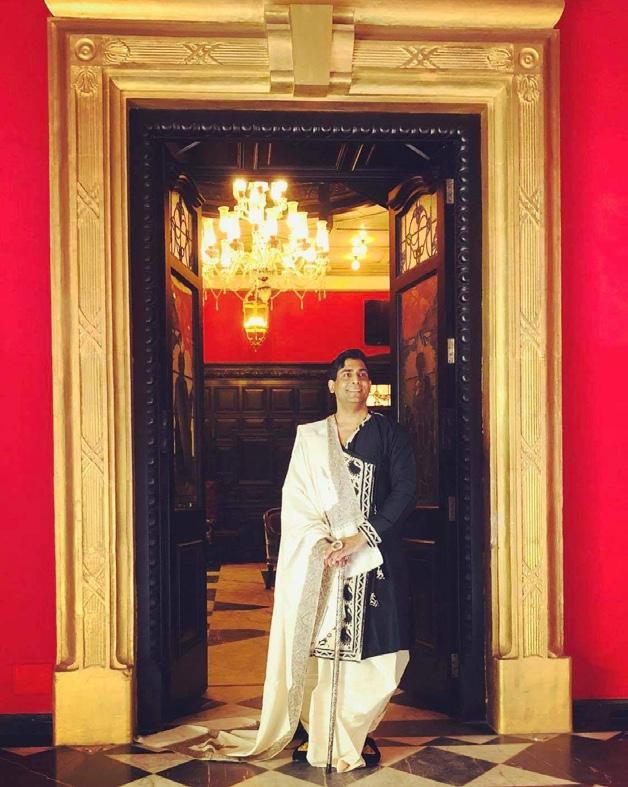
Sir RN Mookerjee Residence
highlighting Bengal heritage. Amid the festive mood of Diwali, the Victoria Memorial Hall was full of music enthusiasts watching the Trio ZADIG perform the renditions from Haydn, Ravel and Mendelssohn which was organised by the Consulate General of France in Kolkata at Victoria Memorial Hall, Kolkata. They also recently conferred Chevalier de L’Ordre Nationale du Merite on Dr Chinmoy Guha, a friend of France and noted litterateur.
The net benefit could be a self-reliant region and communities who can generate capital for improvements and renovations. They could become an active part of the magical world of celebrated fashion designers Sabyasachi Mukherjee’s “bridal collection with luscious velvets, regal silks and all-round opulence in a chamber dressed with smoked mirrors, chandeliers and caskets of heirloom heritage jewellery. The age of grandeur with a flair of yesteryear royals would be continued with fashion celebration.”
Cooch Behar’s strong association with Kolkata the City of Palaces means that together they have the power to enhance the revival of Cooch Behar’s royal heritage with caviar and champagne parties just like Jaipur.
The heritage properties of South Bengal can still be part of conservation, regeneration and both urban and regional development for tourism. The focus should be on the palaces, zamindari stately homes, and mansions. Kolkata town houses, villas and bungalows can also be part of the revival story as they all have stories to tell too. According to researcher Aditi Chatterji’s article ‘Majestic Heritage’ published in the Indian newspaper The Statesman, it “Involves 60 stately homes, two or three in every district, in addition to 35 houses in the districts taken together, while 25
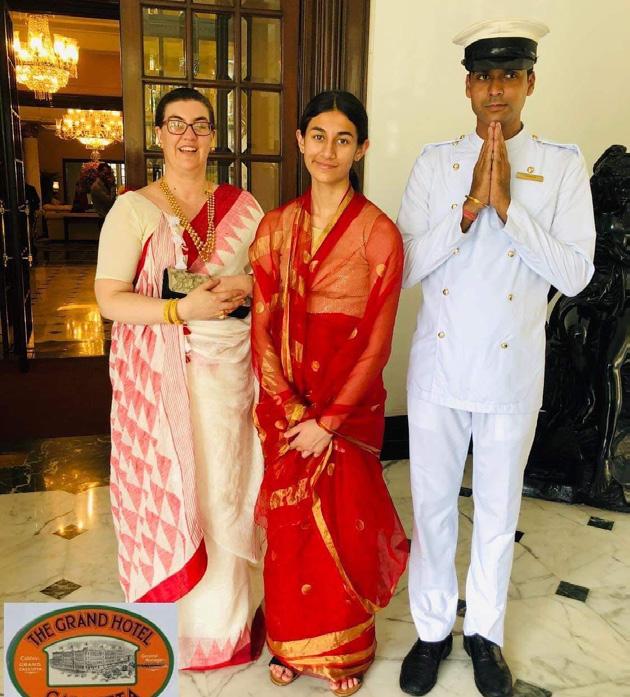

Belvedere House

houses are being considered in Kolkata.”
Heritage buildings of West Bengal can be found in six of the state’s districts, including Jhalda Rajbati and Hensla Rajbati in Purulia, Halisahar Rajbati and Taki in North 24 Parganas. In Birbhum District there are Hetampur Rajbati, Taltore Rajbati and Surul Rajbati. While the zamindari heritage properties include Gani in Dhaniakhali, the Mankundu and Bansberia Deb Roy in Hugli, Narsing Datta and Bose in Howrah and Mahishadal and Tamluk in East Medinipur. These six districts are the West Bengal heritage ‘string of pearls’for local and global tourists to enjoy. This string of heritage pearls can be extended to Murshidabad and Cooch Behar for complete representation of heritage properties in West Bengal.
These heritage buildings require awareness, preservation and conservation for historical, architectural and ecological reasons. It is time to setup an Eastern Indian states website to celebrate these beautiful buildings and landmarks for future generations including those in Australia. The city of Sydney has setup its own website to provide understanding on heritage conservation, developmental application and a heritage council website with database. This will help to protect the heritage of many centuries and co-existence of new properties such as One Barangaroo.
Like the city of Sydney, Kolkata’s majestic heritage properties of iconic Park Street

Photo of Indira and Jane in Grand hotel Photo of Old Spencer’s hotel Photo of Bristol Hotel
such as Stephen Court, Park Mansions and Queen’s Mansion (all built by Armenian merchants) with long corridors and curvaceous dark wood doors can be preserved for heritage tourism.
As with the Armenians, there were Jewish and European traders such as Portuguese, Dutch and French who contributed to Eastern Indian heritage. Even though Hindus, the Ottomans and Mughals disappeared into history. The Danish traders came and left too; as did the invading Marathas, Afghans and Persians who arrived then disappeared. The British lasted a while after arriving but were also sent back. They all left a trail which is imprinted in the heritage properties of Eastern India.
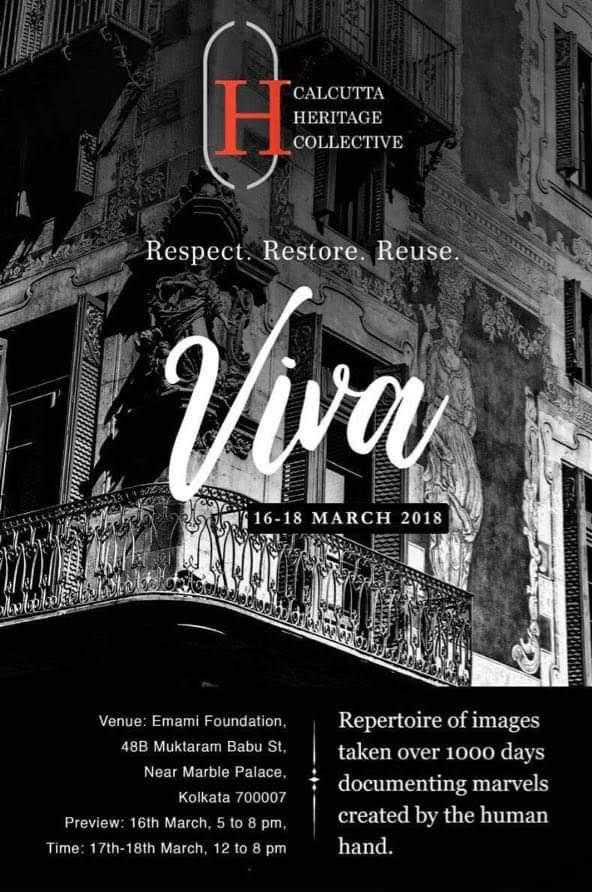
In Kolkata, the custodians of the Pathuriaghata heritage properties such as Ghose, Tagore and Seal traded with Dutch, Portuguese and Americans. Pathuriaghata could be a fascinating heritage precinct for global tourism. Then there is Joy Krishna Mukherjee of Uttarpara, Neel Rattan Halder of Chinsurah and Mitras of Jhamapukur Shyampukur, very wealthy businessmen and traders who had links with Europe. Their properties celebrate those linkages to leverage development of commercial ventures such as cafes, restaurants and marketplaces selling local produce. Outside Kolkata, heritage properties were built on trade and commerce such asDebs of Jhargram, Palchoudhuri of Balakhana and Singh Roys of Chakdighi, East Barddhaman.
The concept of sustainability of these heritage properties in the 21st century is a key to eastern India’s architectural diversity, distinctive culture and economy. Itachuna Rajbari in Hooghly is a heritage hotel like The Rajbari, Bawali in 24 Parganas district which is open to the public for home-stays. Vijay Manzil: Burdwan Rajbari in Kolkata is used as venues for conferences, weddings and parties. While heritage properties in Balakhana Estate in Nadia and Amadpur property in East Bardhaman are also used for home-stayaccommodation. Mahishadal Rajbari is a museum, whileHetampur Rajbari, Birbhum and Burdwan Rajbati, East Barddhaman are educational institutions. A welcome addition is a commercial output with cafe and sweet shops for locals and tourists.
This again highlights how much can be achieved by utilising these heritage properties. According to Aditi Chatterji, there is “an urgent need to conserve and preserve these vital heritage structures as part of state and national cultural heritage, which could refuel the economy and earn revenue, including foreign exchange, as well as investment in urban and regional development planning as a part of sustainable development from heritage tourism and cultural, urban and social regeneration with Indian, British, American and other international expertise and consultancies.”
But all is not lost.
With recent leadership from members of Belgada Palace of Odhissa in Eastern India combined with experiences and heritage discussions with specialists such as Mrs Esther Schmidt, Director of theCentre for Historic Houses, OP Jindal Global University in Sonipato, India, and further guidance from heritage hotelier Taj Hotel, the process for a robust heritage tourism sector has already begun in eastern India. This could help rural communities affected by new age global challenges such as COVID 19. Introduction of regular lecture series for global tourists with Calcutta Heritage Collective can help identify the vast migration that took place in the eastern states of India from Persia, Africa or Afghanistan. Along the lines of the French Consulate’s musical evenings in Victoria Memorial, more Western or Indian Classical music concerts can be organised in the Eastern Indian heritage buildings.

Photo of The Royal Bengal Hotel Photo of Calcutta Heritage Collective
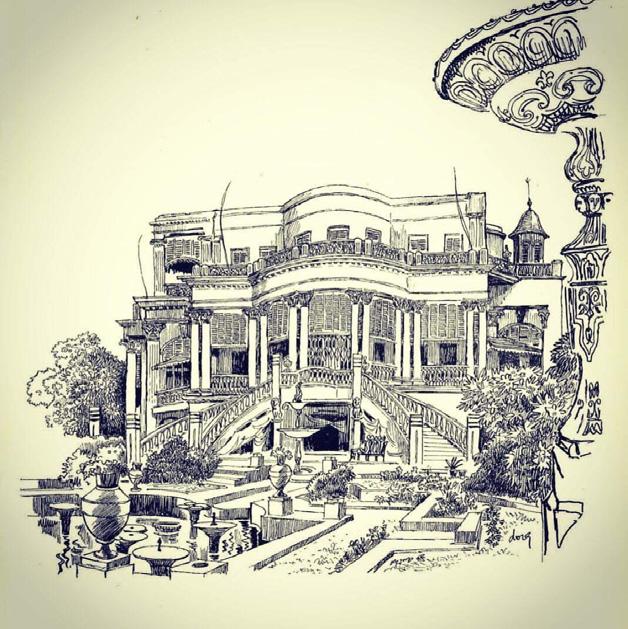
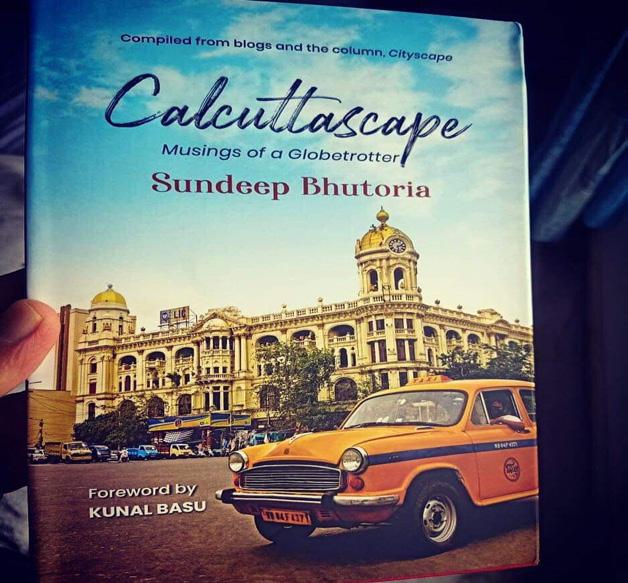
Photo of sketch of Bengali palace Photo of Book of butaria

Kolkata City
features around Eastern India. School group participants can help change the mindset for future generations.
As world welcomes and celebrates World Tourism Day (27/09/2020), leadership by custodians of heritage property to collaborate with government seems paramount to creating heritage tourism magic asShiladitya Chaudhuri had done with home-stay accommodation with his Amadpur zamindari stately heritage property.
To me, Eastern India remains a sanctum of rich heritage where colonial-style features, furnishings and ceiling fans can interact with contemporary styles to keep itinteresting. This will be where the next generation of Kipling, Tagore and Hemingway are already writing novels. And painters like Van Gogh, Bhawani Das and William Princep are in some corner of an Eastern Indian resort Rajbari! Places where travellers can stayand experience properties like Amadpur Chaudhuri Zamindar Bari, a house which is 380 years old, for an all year round home-stay to enjoy the rituals and festivals of West Bengal. The property has Italian, British and Bengali heritage built into it. The current custodians of the zamindar Bari have a recorded history since the time of Maharaja Lakshman Sen of Sen dynasty of Bengal (900 AD). Shiladitya Chaudhuri said, “This is Amadpur Chaudhuri Zamindar Bari, tucked away 100-kms fromKolkata, in the landscape of Bengal with lush paddy fields, terracotta temples and age-old banyan trees”.
What better way could there be to preserve our heritage, create local jobs and ensure that world to gets enjoy the rich heritage of Eastern India?

Queen Elizabeth in Kolkata airport Indian govt Support

Eastern India is my shangrila waiting for me.











